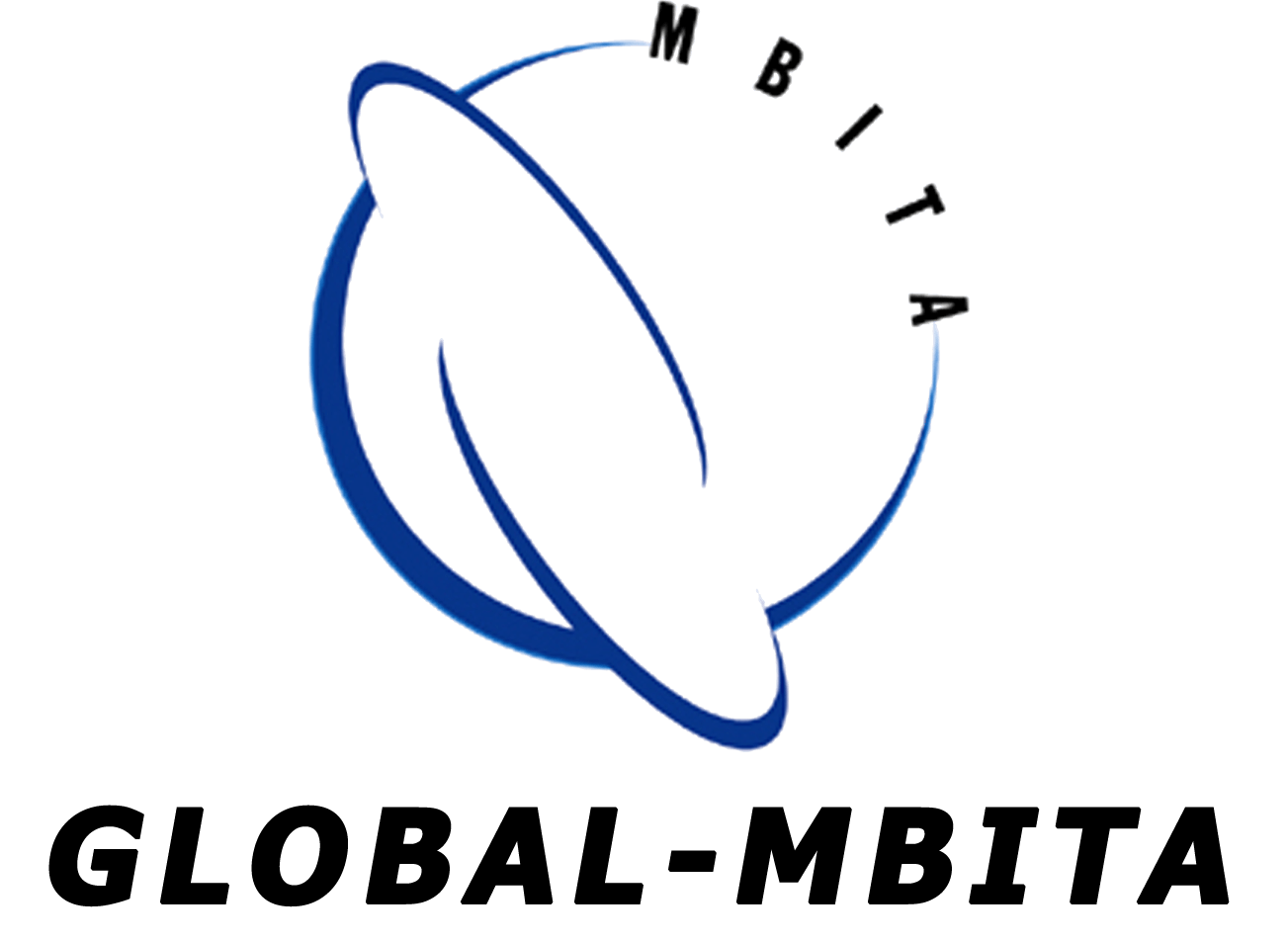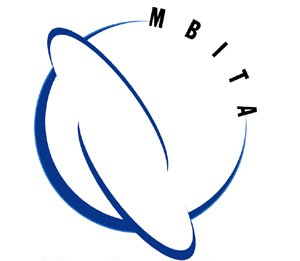Global Smart Energy - Bilateral Trade and Investment Opportunities (Nov. 13 , 2009 - Monterey, CA)
Presenters
Opening remarks
Tony Livoti, President, Monterey Bay International Trade Association (MBITA)
View Bio.
Global Smart Energy Is Solar!
Ron Swenson, Managing Director, SolarQuest
View Bio. View Presentation.
Business opportunity in the Smart Grid
Donald Steiny, President, Donald Steiny Consulting.
View Bio.
The smart grid is not a single technology, but a number of technologies and services that will roll out over a period as long as 20 years. The opportunities for entrepreneurs will evolve over time. This talk provides an overview of the Smart Grid and some of the opportunities it will provide.
- What is the "dumb grid" and why is it dumb?
- generation
- transmission
- distribution
- What makes the smart grid smart?
- distributed generation
- demand response
- sensors/transformers
- How will it roll out?
- Policy/standards
- low hanging fruit
- funding/stimulus money/players
- Business opportunities
Smart Grid: Domestic and International Policies, Priorities, and Programs, and Opportunities for U.S. Industry and SMEs
Shannon L. Fraser, International Trade Specialist, Office of Energy and Environmental Industries, Department of Commerce, International Trade Administration
View Bio. View Presentation.
On October 27, 2009, President Obama announced the American Recovery and Reinvestment Act (ARRA) Smart Grid Investment Grant awards totaling $3.4 billion, which will spur the development and deployment of an intelligent grid system within the United States. Internationally, a number governments and industry members in Europe, Asia, and Latin America also are moving forward with smart grid stimulus programs. What are the drivers behind smart grid deployment both domestically and internationally? How is 'smart grid' defined in various countries? What opportunities exist for U.S. industry and VC companies in the domestic and international smart grid arena? This session will provide an overview of domestic and international smart grid programs, with highlights on opportunities for U.S. industry, notably small-medium enterprises, in smart grid deployment programs.
Smart Grid Applications in Transportation
Dimitri Dadiomov, Business Development, North America, Better Place
View Bio. View Presentation.
Dimitri Dadiomov will discuss the sustainable transportation model Better Place is implementing in Israel, Denmark and elsewhere. The California-based company is building an intelligent network infrastructure to enable adoption of electric vehicles, deliver a range of services to drivers, and optimize energy use via EV smart grid software that interfaces with utilities.
Renewable Energy Microgrid Testbed at NASA Ames Research Center
Joel Kubby, Associate Professor, Baskin School of Engineering, Dept. of Electrical Engineering at University of California, Santa Cruz (UCSC)
View Bio. View Presentation.
Professor Joel Kubby will discuss the development of a renewable energy micro grid test bed that includes renewable energy generation (wind, solar) and energy storage in electric vehicles. The concept for the renewable energy test bed developed out of a student project from the international Lolland/California Renewable Energy project held in Denmark in 2008. A review of the concept and progress on the implementation of the test bed to date will be provided.
The Surfacing of Local Micro Grids in the Energy Infrastructure
Marty Kurtovich, Senior Business Development Manager, Chevron Energy Solutions (CES)
View Bio. View Presentation.
Marty Kurtovich will discuss a Zero Net Energy model where localized Micro Grids are designed into a development to provide sustainable energy for their respective communities while generating excess power that can be sold back to the respective energy utility and thus minimize the carbon footprint of that development.
Micro Grids and Major Utilities - The Twain Shall Meet?
Matthew Steiner, Principal, Hygrid Green Energy
View Bio. View Presentation.
Difficult economic times are of global proportion, speculation in the fuel and food commodity markets are creating hardships for many people here and around the world.
Small rural and semi-rural communities across the country that are in proximity to larger central cities can partner with utility providers and grid controllers to meet renewable energy production requirements.
Application of “micro grids” and small generation sites will promote rural power autonomy . This measure can reduce the need for new large generation facilities, which saves money for utilities providers.
Efficiency will be a profitable model and cooperation will produce “win-win” outcomes and ensure mutual financial benefits.
Accelerating Smart Grid Deployment with Interoperability Standards
Claudio Lima, Managing Director, Sonoma Innovation
View Bio. View Presentation.
Smart Grid standards interoperability and harmonization are the most important topics today to accelerate the Smart Grid deployment in the U.S. and worldwide. Some utilities like PG&E and others are currently in an accelerating pace, deploying 13,000-15,000 smart meters per day, while other utilities are waiting for full and interoperable standards compliance that needs to be tested and specificied by the standards organizations. Here trade-offs must exist given the tight timelines for smart meters and other advanced Smart Grid applications deployment to meet federal and local government mandates, the coexistence with legacy standards, and the identification of existing standards gaps that needs to be improved and/or new standards that needs to be developed. The National Intitute of Standards and Technology (NIST) has already identified a set of existing standards and protocols suited for Smart Grid and is about to start its phase 3 where these standards will be validated and tested for interoperability purpose to support emerging Smart Grid applications. This talks introduces the Smart Grid building blocks, identifies the key elements of an End-to-End Smart Grid system and discusses where these standards map onto the Smart Grid architecture to meet the NIST interoperability roadmap.
A System Architectural View of the Smart Electric Power Grid
Dr. David M. Tralli, Manager, Civil Programs, National Space Technology Applications Office, NASA Jet Propulsion Laboratory, California Institute of Technology.
View Bio.
View Presentation.
Major changes are needed in energy infrastructure in order to meet the anticipated energy conversion and climate issues in the next ten years, and beyond. While many technological solutions have been proposed, the resolution is multifaceted and requires a detailed, balanced and unbiased approach that looks at technology availability and implementation possibilities.
Simultaneous emergent demands of renewable energy sources and clean transportation will place additional and completely new requirements on the decade-old grids here and abroad.
There is a wealth of technology RD&D needed for meeting the requirements of a future electric power grid. The adoption and integration of these technologies must be driven by objective systems analyses that address short- and midrange priorities while being responsive to the needs of consumers for cost-effective, end-use applications and value-added services.
Energy Savings for the Users and How that Affects the Smart Grid Revolution
John Knapp, President and CEO, Power Shaver, Energy Savings Systems
View Bio. View Presentation.
John Knapp will discuss end user design problems and solutions that will reduce cost, protect and increase power quality for customers, while reducing demand and increasing capacity of the electrical providers distribution grid thus reducing cost. Mr. Knapp will also present the benefits of sharing and implementing these technologies in developing communities and countries.
Contact Us
Tony Livoti
Global-MBITA & Tradeport
200 Washington St., Suite 207, Santa Cruz, Ca. 95060
Mailing address: P.O. Box 523
Santa Cruz, CA 95061 - U.S.A.
Please contact the Global-MBITA office for sponsorship details and click HERE to become a panelist or presenter.
tlivoti@globalmbita.com
www.tradeport.org
Please follow us on LinkedIn:



